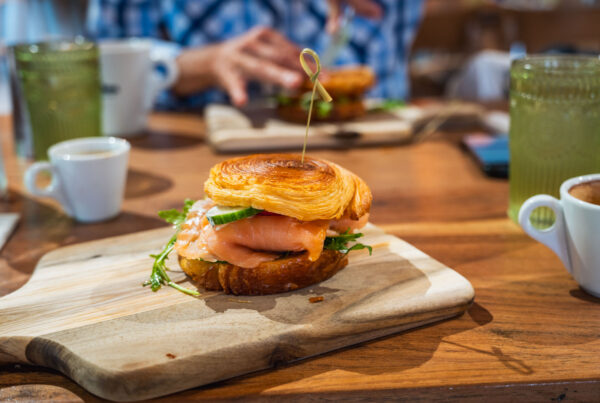
Coffee processing refers to the process by which a seed is removed from the coffee cherry. Like other pitted fruits, coffee cherries have a seed, pulp, mucilage around the seed, and protective skin. There are different methods for removing the seeds from those cherries, and these methods affect the flavor of the seeds when they are roasted and ground into a coffee bean – this flavor lingers until the final brew.
How many types of coffee processing are there?
Coffee processing is a big deal, and it is very important in determining how the coffee comes out as a finished product. The coffee bean is actually a seed inside the coffee cherry and the cherry fruit must be properly separated from the bean.
It’s a method that yields a wonderfully clean cup, with a subtle yet crisp flavor and a marked acidity. To extract the best flavors from processed coffee beans, the coffee cherries must be separated from the beans as soon as possible.
When coffee reaches you in its roasted form, it has gone through several stages. In today’s innovative world, there are numerous ways to process coffee with many experimental methods. Today we will focus on the three main methods used to process coffee: the washed process, the natural (or dry) process, and the honey process.
Washed process
This process is also known as the wet processing method. All pulp is mechanically removed from the coffee beans before the beans are dried in the washing process. Removal of pulp is done with a machine called a depulper. After draining the beans are placed in a water tank where the fermentation process removes the remaining pulp from the fruit.
The amount of time required for fermentation depends on climate and altitude. Fermentation will take less time in warmer regions and vice versa. Fermentation usually takes 24-72 hours and if the coffee beans are fermented for too long, it will negatively affect the taste of the coffee.
After fermentation is complete, the coffee beans are washed to remove any remaining pulp, and then it is ready to be dried. Drying in the washing process is done on a brick patio or raised bed in the same way as the natural process.
Natural process
The natural process leaves the fruit on the seed for the duration of the drying process. After the cherry is dried, the fruit is removed. It is the oldest method of coffee processing and is more environmentally friendly, as it does not require water. Cherries are picked ripe, which is important because the fruit itself imparts flavor during this process. They are sorted and weighed before going to the drying area. Often the drying process takes place on raised beds, which allow airflow around the whole cherry.
As the cherry dries, the fermentation process takes place and pays regular attention. It may take 3-4 weeks for cherries to dry and reach 11% moisture inside the seeds. After the drying process, the coffee goes through a dry mill that removes the fruit and parchment layer around the beans. After the final sorting, the coffee is bagged in burlap and ready for shipment.
Honey process
This processing method produces balanced and sweet coffee, taking the best of both worlds; They are uniform and much cleaner than natural drying, but less diluted and have less acidity than wet processed ones provide.
After passing through the pulping machine, the coffee is dried on parchment similar to the wet method.
You can make a special type of coffee called honey coffee by washing the beans less, thus retaining the bean’s protective mucilage. This method also requires you to skip the fermentation stage, so as not to remove the silverskin. Because the mucilage is rich in sugar, it produces very sweet coffee with lovely honey qualities. Beans can literally leach this substance during the drying process.
Brazil is particularly famous for this method, as it was one of the first countries to produce honey coffee and is renowned around the world for some of the best natural pulped coffee. However, this process can only be used in countries with low humidity, as the coffee needs to be dried quickly for best results.







